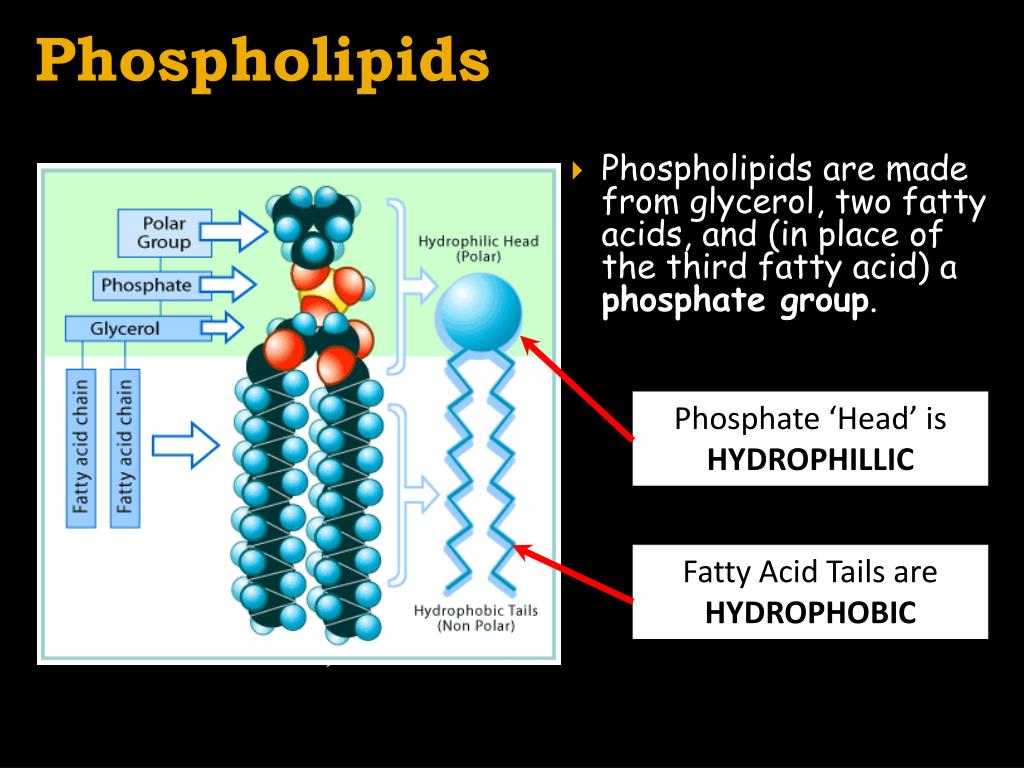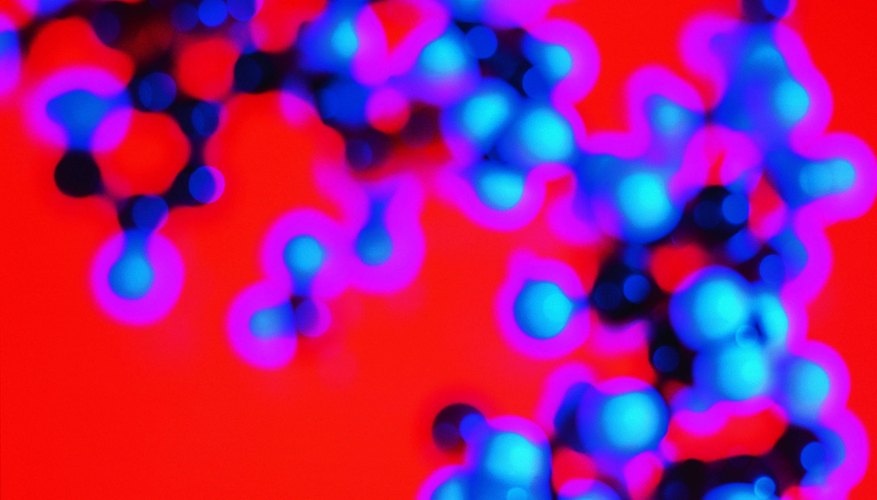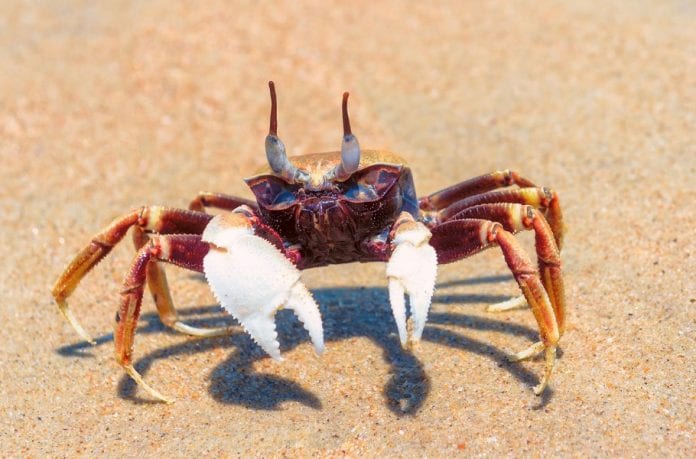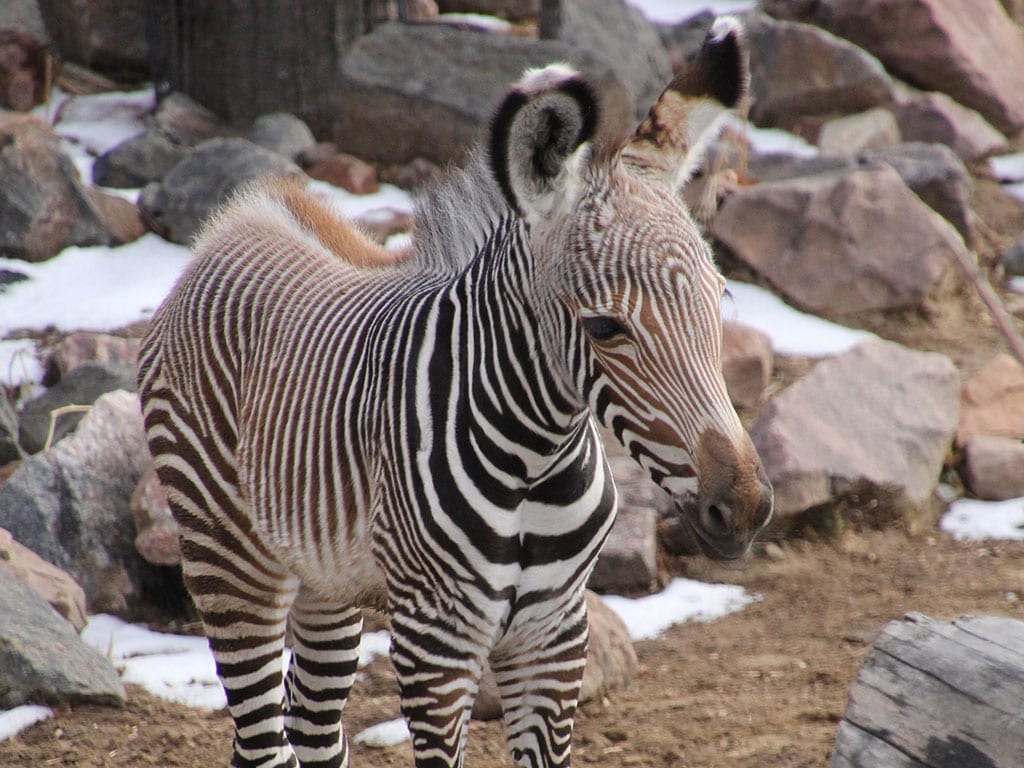Your Lipids in plants and animals images are available in this site. Lipids in plants and animals are a topic that is being searched for and liked by netizens today. You can Find and Download the Lipids in plants and animals files here. Download all free photos and vectors.
If you’re looking for lipids in plants and animals pictures information related to the lipids in plants and animals topic, you have pay a visit to the ideal blog. Our site always gives you suggestions for viewing the maximum quality video and picture content, please kindly search and locate more informative video content and images that match your interests.
Lipids In Plants And Animals. Lipids such as sulfolipids and amino lipids. In plants, lipids play especially important roles as signaling and energy storage compounds. The difference between them and carbohydrates is that they have a lower proportion of oxygen in the molecule. Plants produce the majority of the world�s lipids, and most animals, including humans, depend on these lipids as a major source of calories and essential fatty acids.
 PPT LESSON 13 Biomacromolecules PowerPoint From slideserve.com
PPT LESSON 13 Biomacromolecules PowerPoint From slideserve.com
Plants produce the majority of the world�s lipids, and most animals, including humans, depend on these lipids as a major source of calories and essential fatty acids. Lipids provide the densest form of energy in marine ecosystems. Plantsstore them in the cell wall, which animal cells do not have. Quite often, lipids function alongside proteins. Like other eukaryotes, plants require lipids for membrane biogenesis, as signal molecules, and as. Lipids are insoluble in water,
Lipids are organic compounds insoluble in water and soluble in organic solvents.
Plants and animals do not store lipids the same way. What functions do lipids serve in plants and or animals? Lipids are organic compounds insoluble in water and soluble in organic solvents. Chemically, lipids include a number of compounds. Plant lipids include triacylglycerols, phospholipids, galactolipids, and sphingolipids. (1) fats serve as food reserve in both plants and animals.
 Source: slideserve.com
Source: slideserve.com
The elements hydrogen, oxygen and carbon are always found in lipids. In fact, phospholipids are synthesized in the body to form cell and organelle membranes. The following points highlight the seventeen important functions of lipids. Lipids are insoluble in water, Lipids also provide insulation from the environment for plants and animals (figure).
 Source: reference.com
Source: reference.com
Hibernating animals store extra fat prior to onset of winter. Lipids function as the structural components of cell membranes, which serve as permeable barriers to the external environment of cells. Plantsstore them in the cell wall, which animal cells do not have. Lipids provide the densest form of energy in marine ecosystems. Plants produce the majority of the world�s lipids, and most animals, including humans, depend on these lipids as a major source of calories and essential fatty acids.
 Source: iflscience.com
Source: iflscience.com
They comprise cell membranes and some of the structure of cell walls in plants. Structure and function of lipids in plants and animals lipids are the name given to a mixed group of organic compounds. The following points highlight the seventeen important functions of lipids. Lipids provide energy storage to plants and animals. Chemically, lipids include a number of compounds.
 Source: sciencing.com
Source: sciencing.com
The following points highlight the seventeen important functions of lipids. Why are lipids so important in the life of a sea bird? Phospholipids are crucial for building the protective barrier, or membrane, around your body’s cells. Due to the presence of hydrophobic fatty acid tails, a hydrophobic core is created when a phospholipid bilayer forms. Plantsstore them in the cell wall, which animal cells do not have.
 Source: sciencing.com
Source: sciencing.com
Due to the presence of hydrophobic fatty acid tails, a hydrophobic core is created when a phospholipid bilayer forms. Triacylglycerols are commonly referred to as triglycerides. Lipids provide energy storage to plants and animals. Lipids such as sulfolipids and amino lipids. Lipids function as the structural components of cell membranes, which serve as permeable barriers to the external environment of cells.
 Source: cosmosmagazine.com
Source: cosmosmagazine.com
Due to the presence of hydrophobic fatty acid tails, a hydrophobic core is created when a phospholipid bilayer forms. Animal lipid * relatively rich in saturated fatty acids * due to their saturation, tend to stay solid at room temperature, hence commonly known as ‘fats’ * iodine number of animal lipids will be relatively less (iodine number denote the degree of. Lipids provide energy storage to plants and animals. Lipids provide the densest form of energy in marine ecosystems. Phospholipids are the main component (building block) of cell membranes.
 Source: thefederal.com
Source: thefederal.com
Plantsstore them in the cell wall, which animal cells do not have. Phospholipids are crucial for building the protective barrier, or membrane, around your body’s cells. Lipids are ubiquitous in plants, serving many. Lipids include fatty acids, fats, oils, steroids (sterols), waxes, cutin, suberin, glycerophospholipids (phospholipids), glyceroglycolipids (glycosylglycerides), terpenes, and tochopherols. Migratory birds also do so before migration.
This site is an open community for users to do submittion their favorite wallpapers on the internet, all images or pictures in this website are for personal wallpaper use only, it is stricly prohibited to use this wallpaper for commercial purposes, if you are the author and find this image is shared without your permission, please kindly raise a DMCA report to Us.
If you find this site beneficial, please support us by sharing this posts to your preference social media accounts like Facebook, Instagram and so on or you can also bookmark this blog page with the title lipids in plants and animals by using Ctrl + D for devices a laptop with a Windows operating system or Command + D for laptops with an Apple operating system. If you use a smartphone, you can also use the drawer menu of the browser you are using. Whether it’s a Windows, Mac, iOS or Android operating system, you will still be able to bookmark this website.





